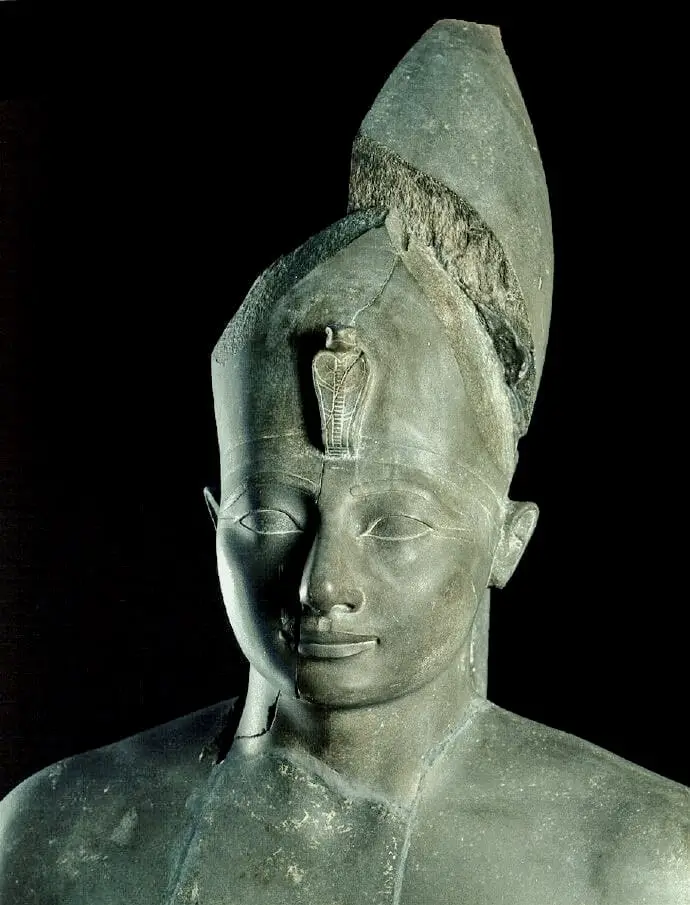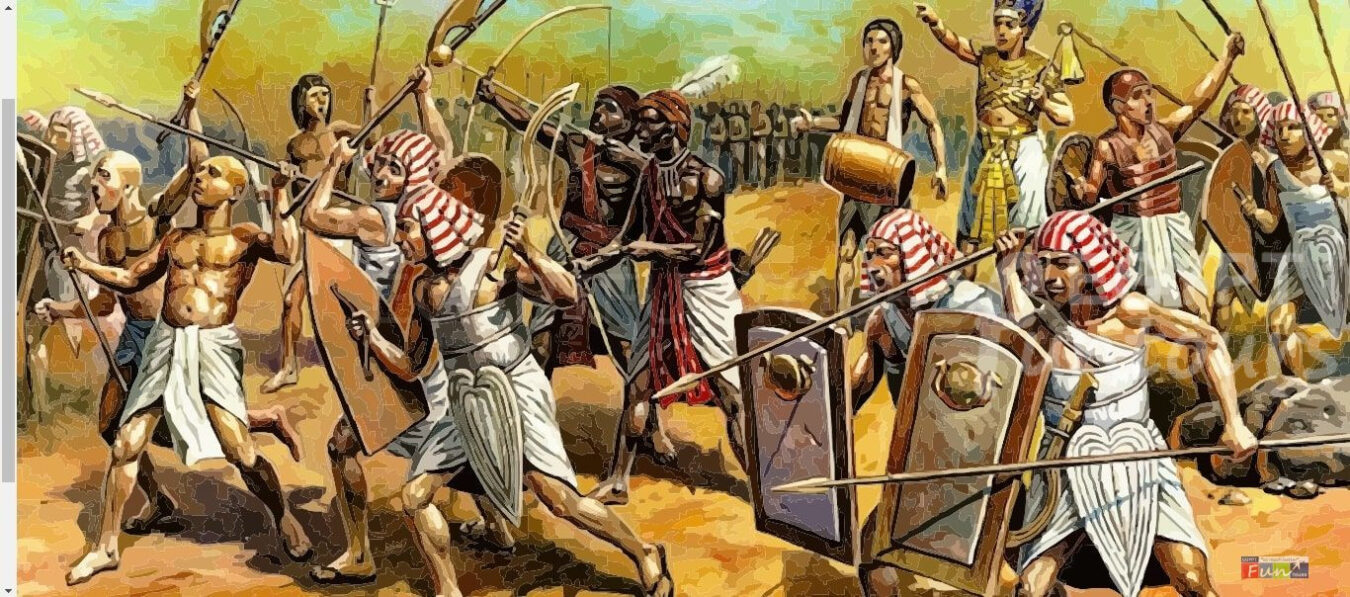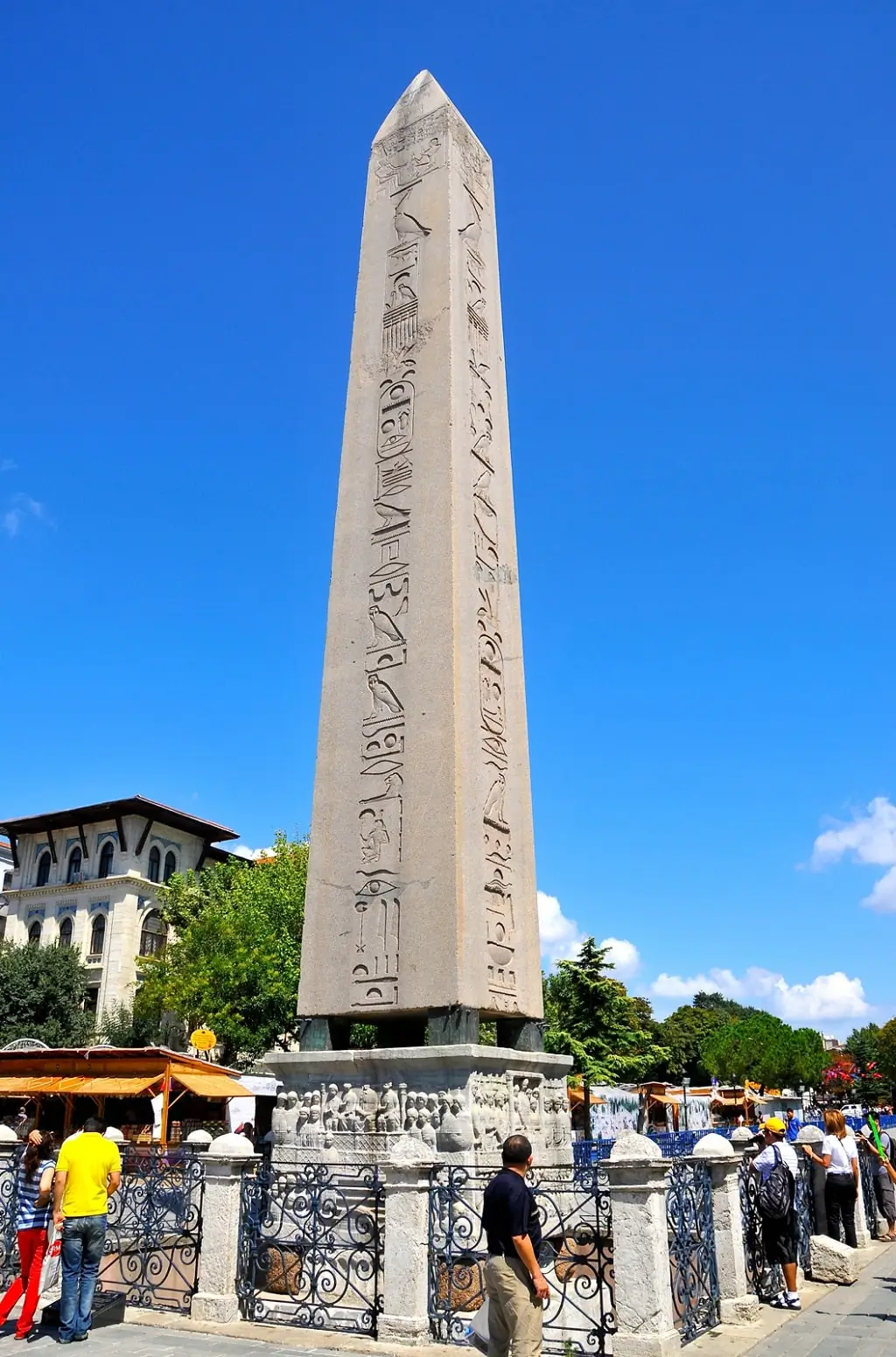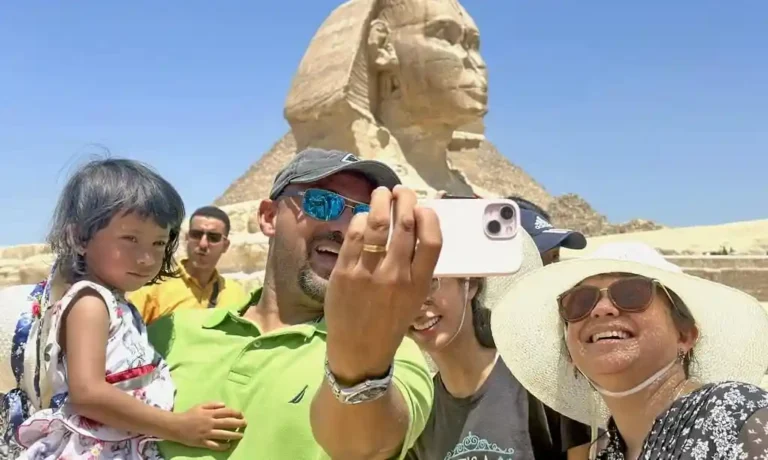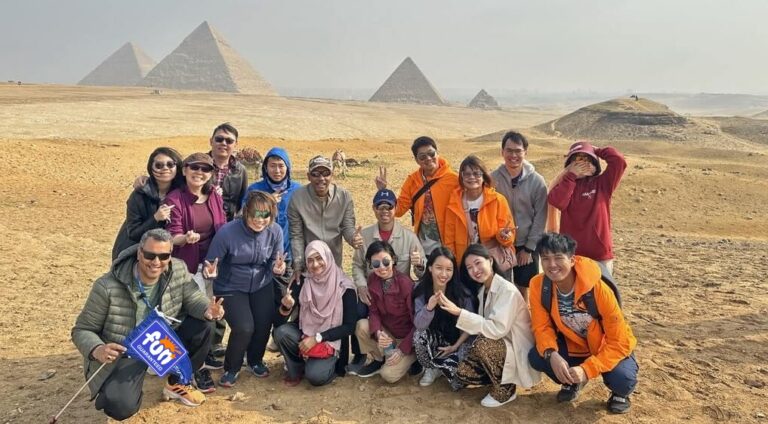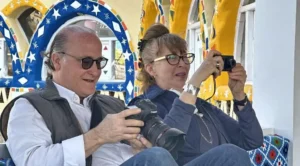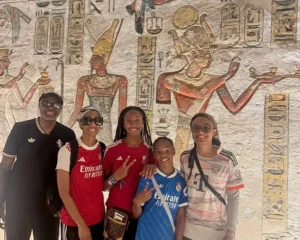Tomb & Legacy
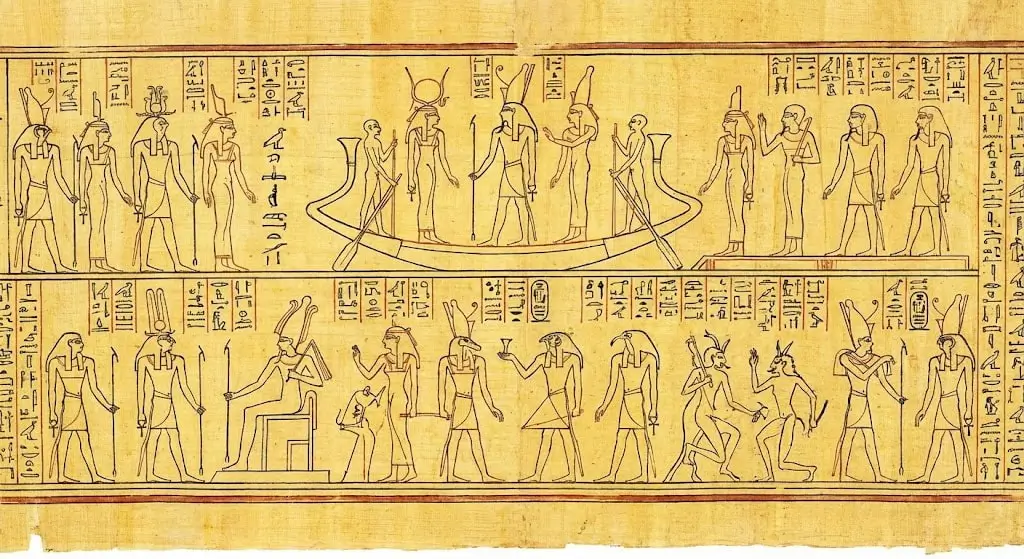
Thutmose III conquered the world, but in death, he chose simplicity. His tomb (KV34) is hidden in a remote cleft of the Valley of the Kings. To reach the entrance, you must climb a steep cliff face—a final defensive measure for the warrior king.
The Stick Figure Tomb (KV34)
Once inside, the art style is shocking. Most royal tombs feature realistic, colorful paintings of gods and kings.
- The Style: The walls of KV34 look like yellowed papyrus scrolls unrolled on the stone.
- The Art: The figures are drawn as stick figures (cursive hieroglyphs). They are simple, black-and-red line drawings.
- The Meaning: It depicts the Amduat (The Book of What is in the Underworld). It shows the sun god’s 12-hour journey through the night.
This “minimalist” style was likely a deliberate choice to mimic ancient religious texts, emphasizing the word over the image.
The Mummy
In 1881, his mummy was found in the famous Deir el-Bahri cache, where priests had hidden him to protect him from robbers.
- The Damage: Ancient tomb robbers had broken his mummy into three pieces.
- The Face: despite the damage, his face remains intact. He has a strong, beaked nose and the same “nutcracker” profile seen in his statues. He was a small man—under five feet six inches—but physically robust.
The Pax Aegyptiaca

Thutmose III is the benchmark. Before him, Egypt was a kingdom. After him, it was an empire.
- He fought 17 campaigns and achieved a perfect record.
- He expanded the borders from the Euphrates to the Nile’s Fourth Cataract.
- He brought back the wealth that funded the Golden Age of the New Kingdom.
Most importantly, he established the “Pax Aegyptiaca” (Egyptian Peace). By crushing all resistance, he created an era of stability where trade could flourish and art could evolve. Ramesses II may be the most famous, but Thutmose III was undoubtedly the greatest.
Frequently Asked Questions (FAQ)
Here are quick answers to the most common questions about Thutmose III.
Why is Thutmose III called the “Napoleon of Egypt”?
Historians gave him this nickname because, like Napoleon Bonaparte, he was a man of short stature who possessed brilliant military genius. He expanded the Egyptian empire to its greatest extent through tactical innovation and speed.
Who was the co-regent of Thutmose III?
His co-regent was his stepmother, Hatshepsut. She ruled as Pharaoh for over 20 years while Thutmose III led the army.
What happened at the Battle of Megiddo?
It was Thutmose III’s most famous victory. He surprised a coalition of rebel kings by marching his army through the narrow, dangerous Aruna Pass. The surprise attack routed the enemy and led to a seven-month siege that secured Egyptian control over Canaan.
Did Thutmose III hate Hatshepsut?
Likely not. Although he erased her name from monuments late in his reign, this was probably a political move to ensure a smooth succession for his son, rather than an act of personal hatred. If he hated her, he likely would have destroyed her monuments immediately after her death, not 20 years later.
Weather in Egypt

